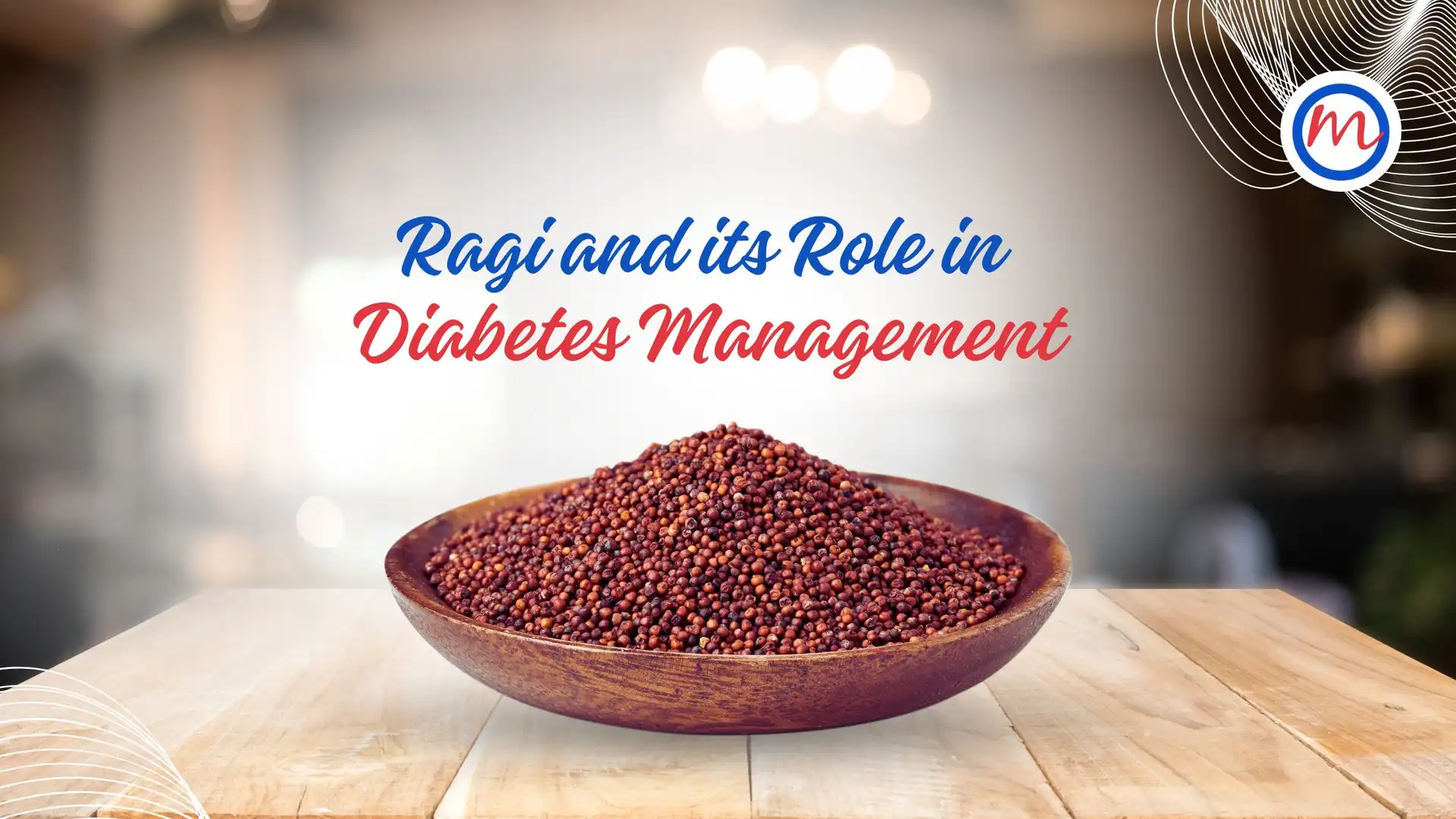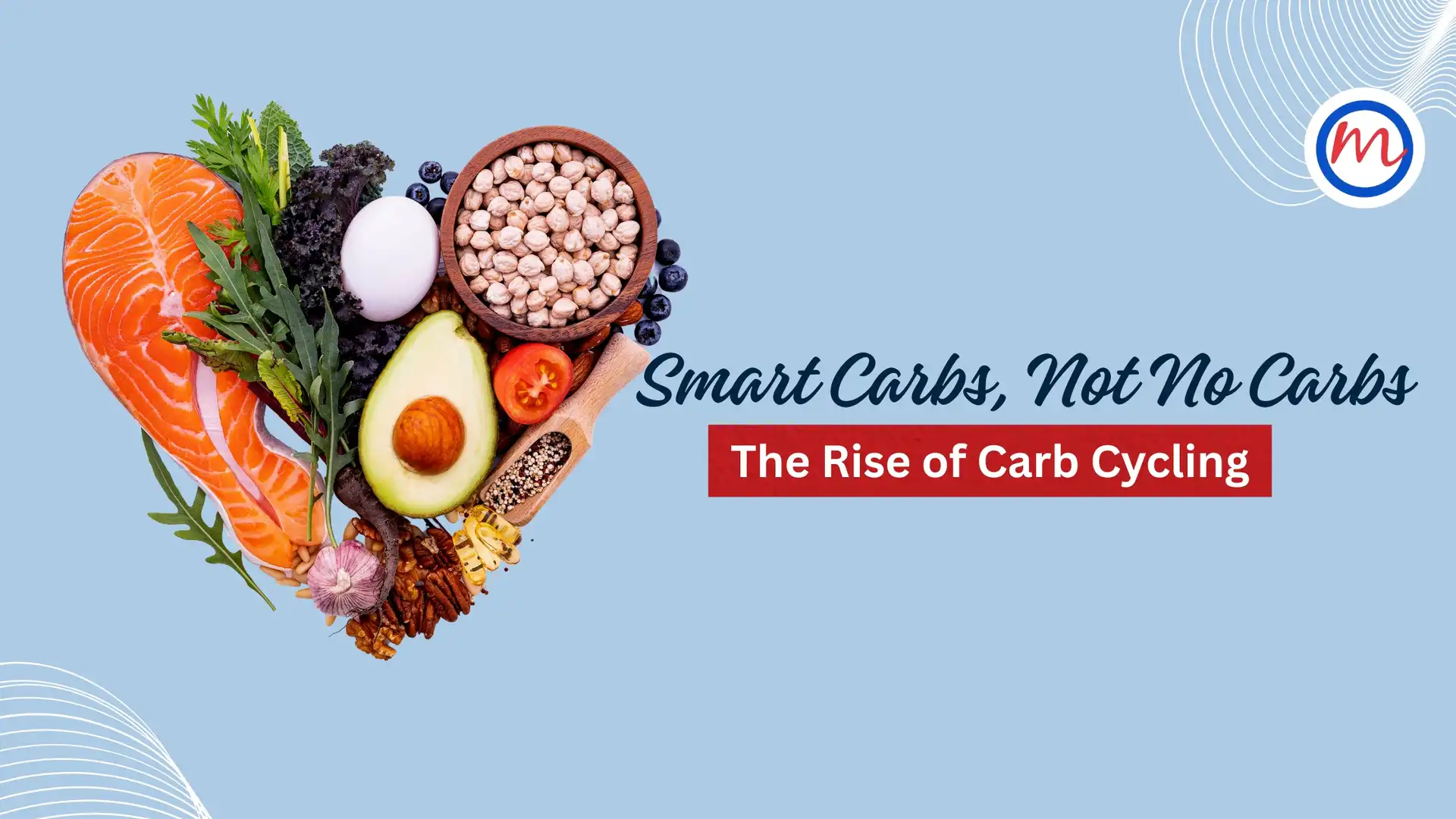Ragi (Finger Millet) and Its Role in Diabetes Management
Are you searching for natural ways to manage diabetes through your diet? Look no further than Ragi, also known as finger millet — a nutritious grain with a long history in Indian cuisine. With its low glycaemic index (GI) and high dietary fibre, Ragi is quickly becoming a popular choice for individuals looking to control their blood sugar levels effectively.
What is Ragi (Finger Millet)?
Ragi, or finger millet, is a hardy cereal grain primarily grown in India and Africa. Known for its tiny, reddish-brown seeds, Ragi has been a staple in Indian households for generations. It is highly resilient, growing well in dry, arid regions where other crops struggle.
What makes Ragi stand out is its nutritional profile. It is naturally gluten-free, making it a suitable choice for those with gluten intolerance or celiac disease. Additionally, its earthy flavour adds depth to both sweet and savoury dishes.
Nutritional Benefits of Ragi
Ragi is a powerhouse of essential nutrients. Here’s a quick look at what makes this grain so beneficial:
- High in Dietary Fibre: The high fibre content of Ragi slows down digestion, preventing rapid spikes in blood sugar levels.
- Low Glycaemic Index (GI): Foods with a low GI release glucose slowly, making Ragi a smart choice for diabetes management.
- Rich in Calcium: Ragi is one of the best natural sources of calcium, supporting bone health.
- Packed with Antioxidants: The presence of antioxidants helps combat oxidative stress, which is linked to diabetes complications.
- Contains Essential Amino Acids: Ragi has amino acids like methionine and lysine, which are vital for tissue repair and maintaining overall health.
Ragi and Diabetes Management
For individuals managing diabetes, choosing the right carbohydrate sources is essential. Ragi is rich in complex carbohydrates and dietary fibre, that ensure a gradual release of glucose into the bloodstream. This not only helps control blood sugar levels but also reduces hunger pangs, aiding in weight management.
Studies have shown that Ragi can improve insulin sensitivity, reduce oxidative stress, and help maintain healthier lipid profiles. These factors collectively support better diabetes management and overall metabolic health.
How to Include Ragi in a Diabetes-Friendly Diet
Incorporating Ragi into your daily diet is simple. Here are some tasty and diabetes-friendly ways to add Ragi to your meals:
- Ragi Porridge: A nutritious breakfast option, cooked with water or milk, and topped with nuts and seeds.
- Ragi Roti: Use Ragi flour to prepare soft, wholesome rotis that pair well with vegetables.
- Ragi Idli and Dosa: Replace traditional rice batter with Ragi for a healthier version of these South Indian favourites.
- Ragi Malt: Mix Ragi flour with water, milk, or buttermilk for a refreshing, low-GI drink.
- Baked Ragi Snacks: Make Ragi biscuits or savoury crackers for a diabetes-friendly snack option.
Precautions and Considerations
While Ragi is highly beneficial, it is essential to consume it in moderation. Excessive intake may lead to digestive issues, such as bloating or gas. People with thyroid issues should also consult their healthcare provider before incorporating large amounts of Ragi due to its goitrogenic properties.
Conclusion: Is Ragi a Good Choice for Diabetes?
Ragi, with its impressive nutritional profile and low glycaemic index, can be a valuable addition to a diabetes-friendly diet. It supports blood sugar control, promotes satiety, and offers a host of other health benefits. When paired with a balanced diet and active lifestyle, Ragi can play a significant role in managing diabetes effectively.
If you are looking for natural ways to control your blood sugar levels, consider making Ragi a part of your everyday meals. As always, consult a healthcare professional before making any significant dietary changes, especially if you have existing health conditions.
Start embracing the power of Ragi today for better diabetes management and overall well-being!



